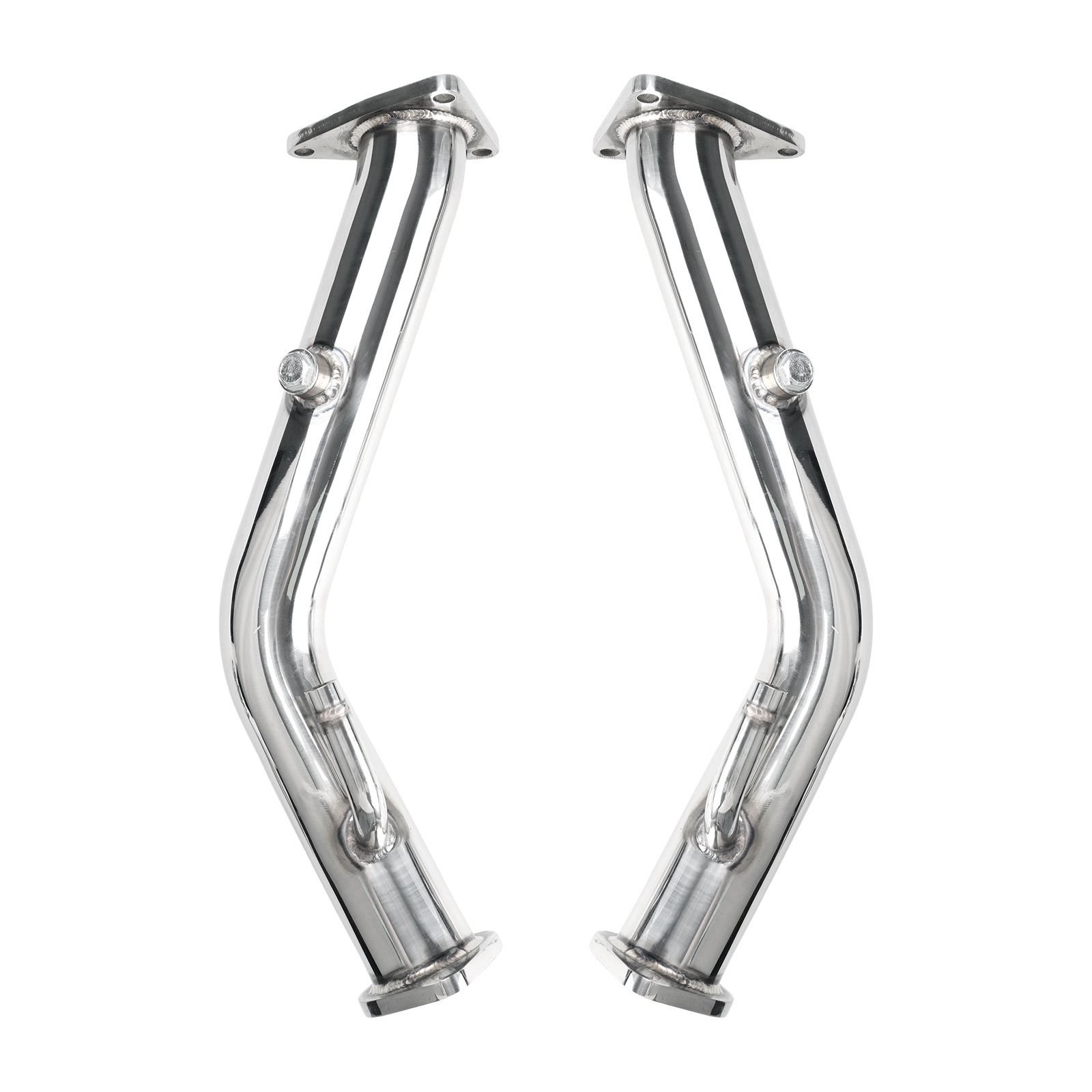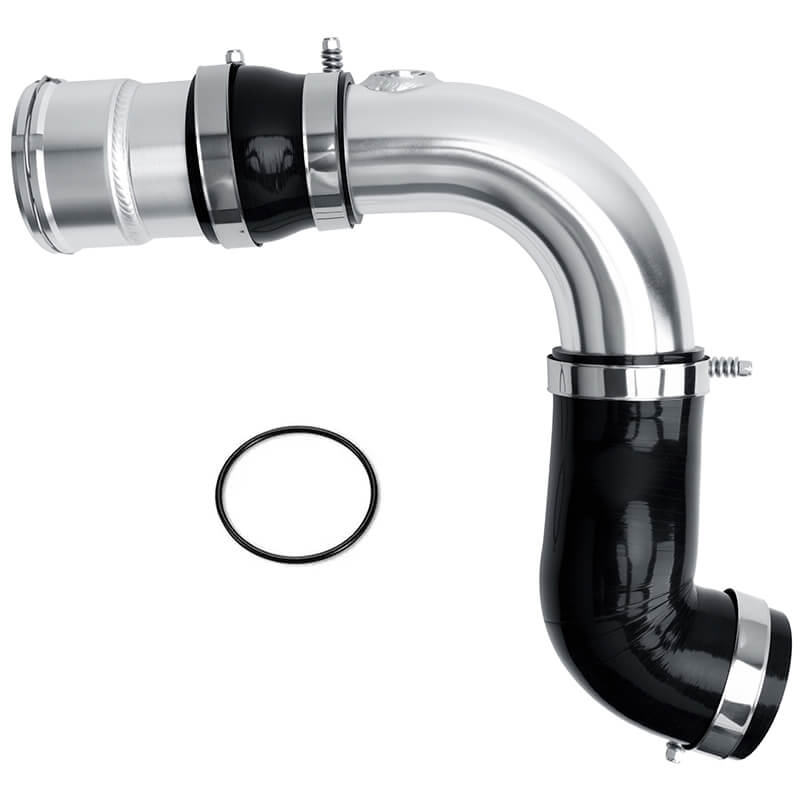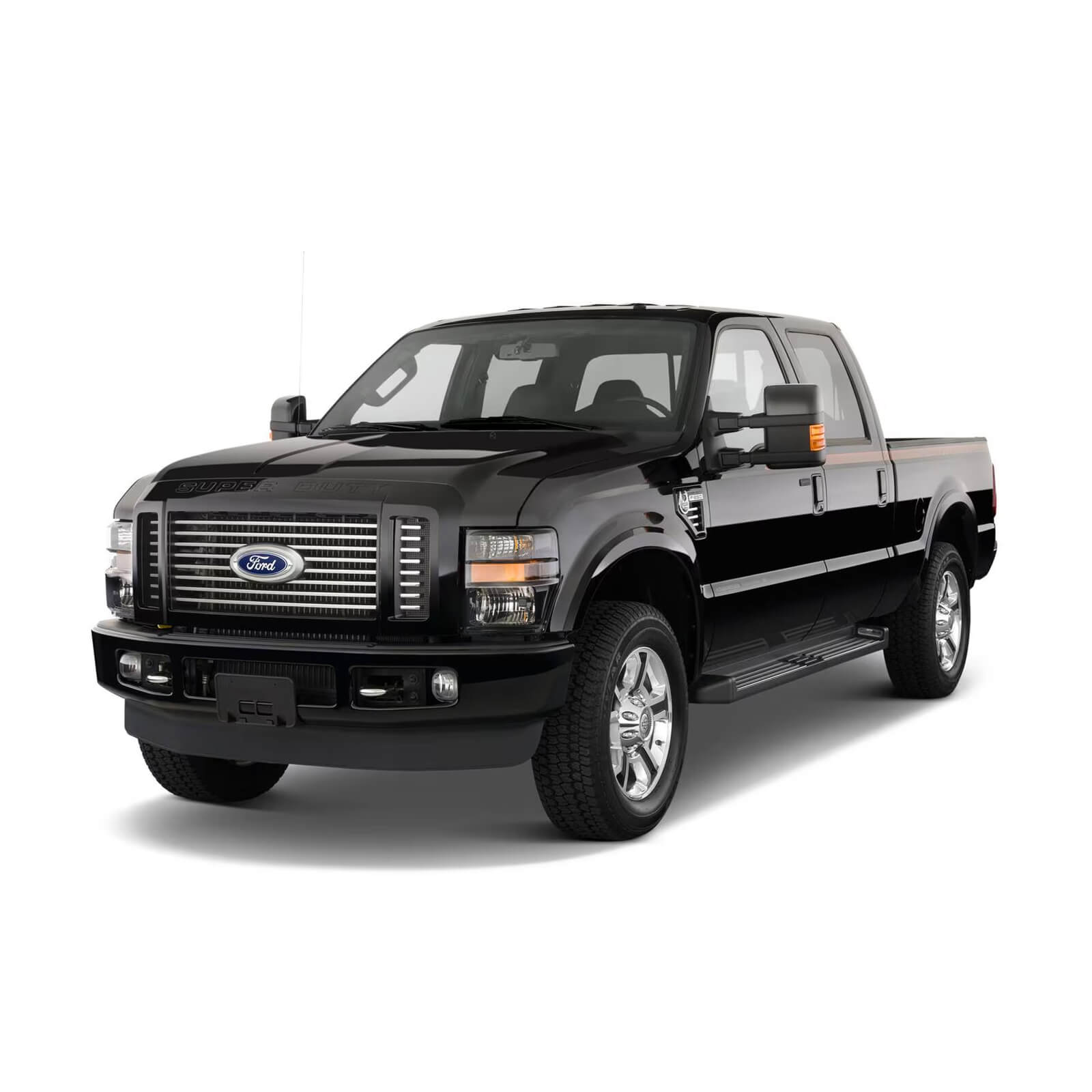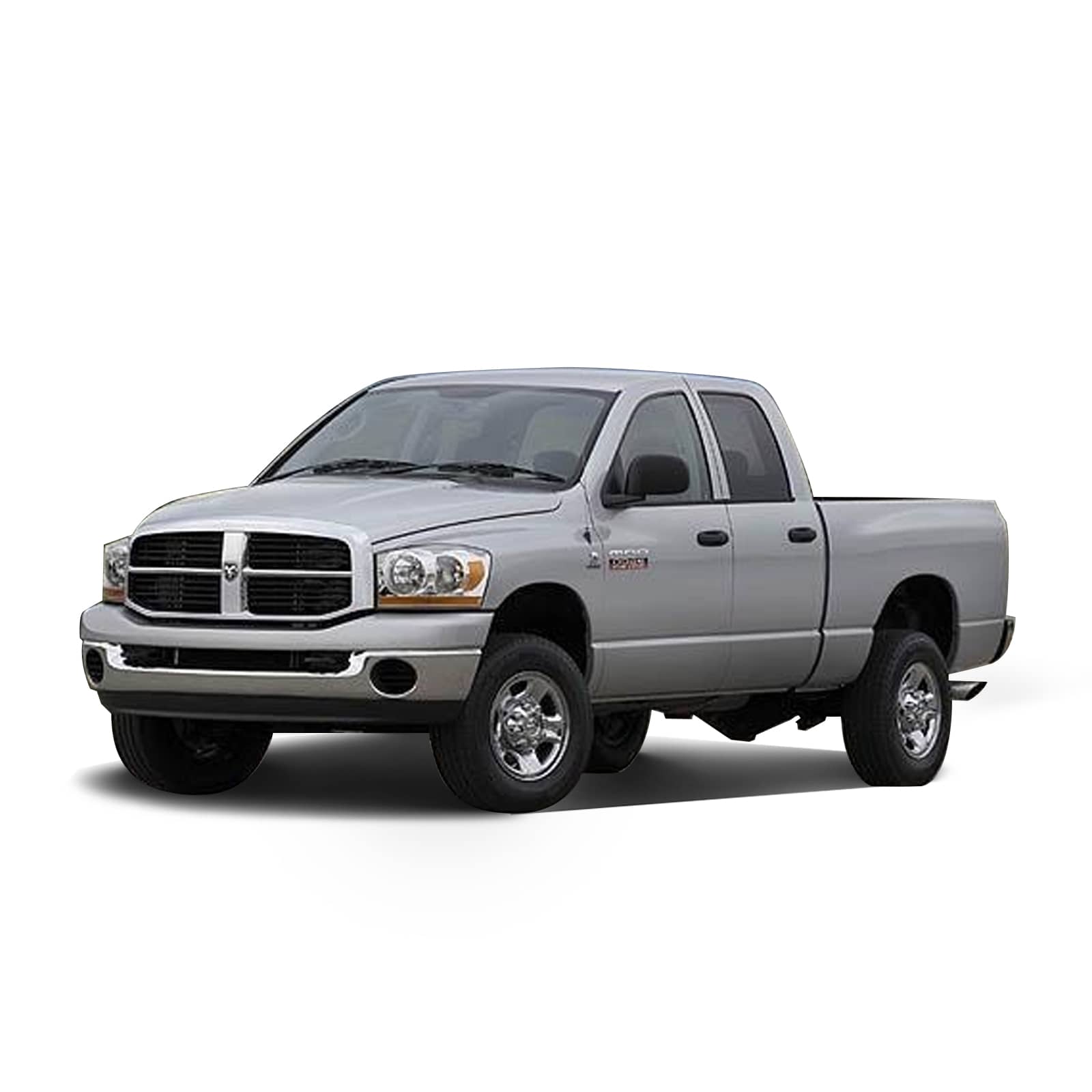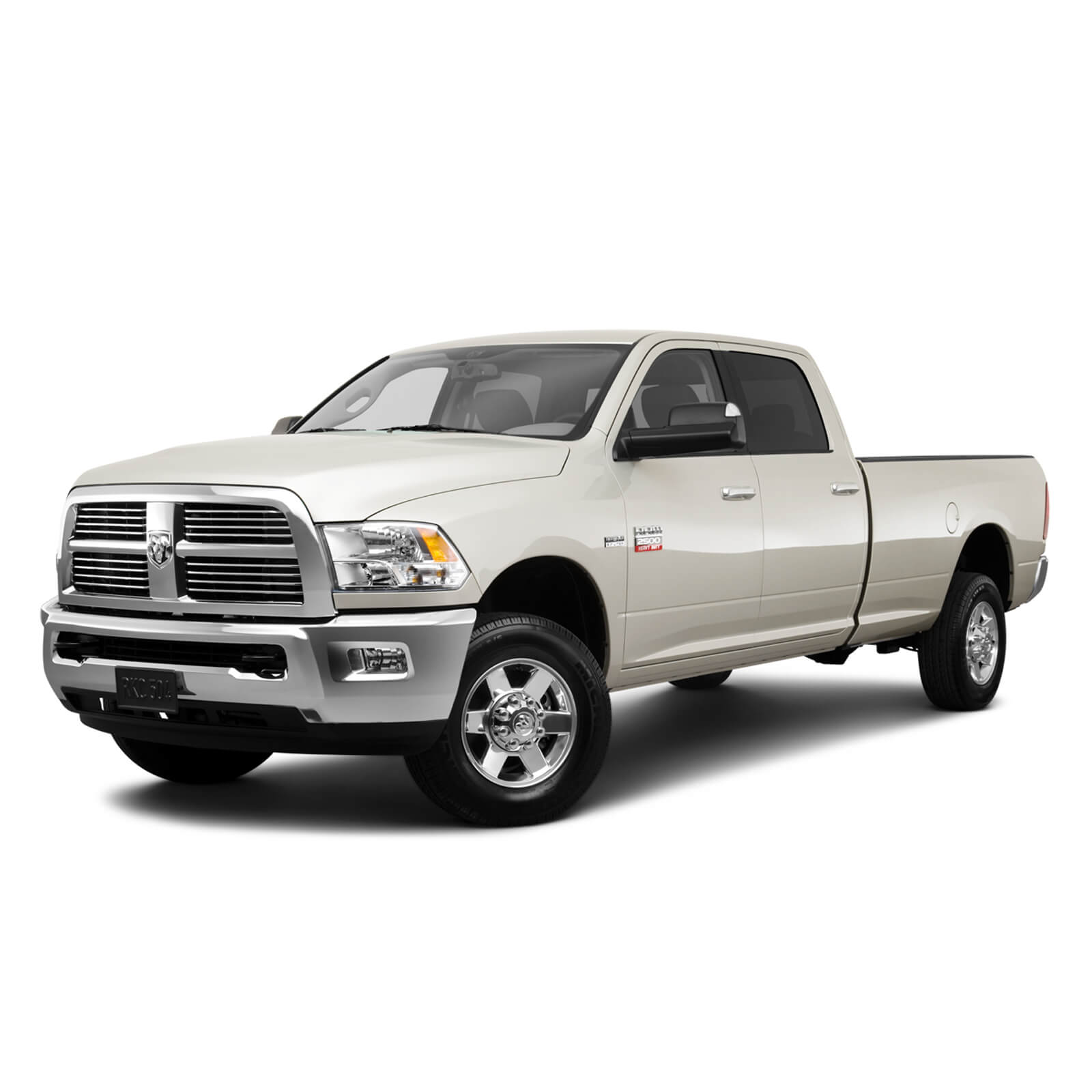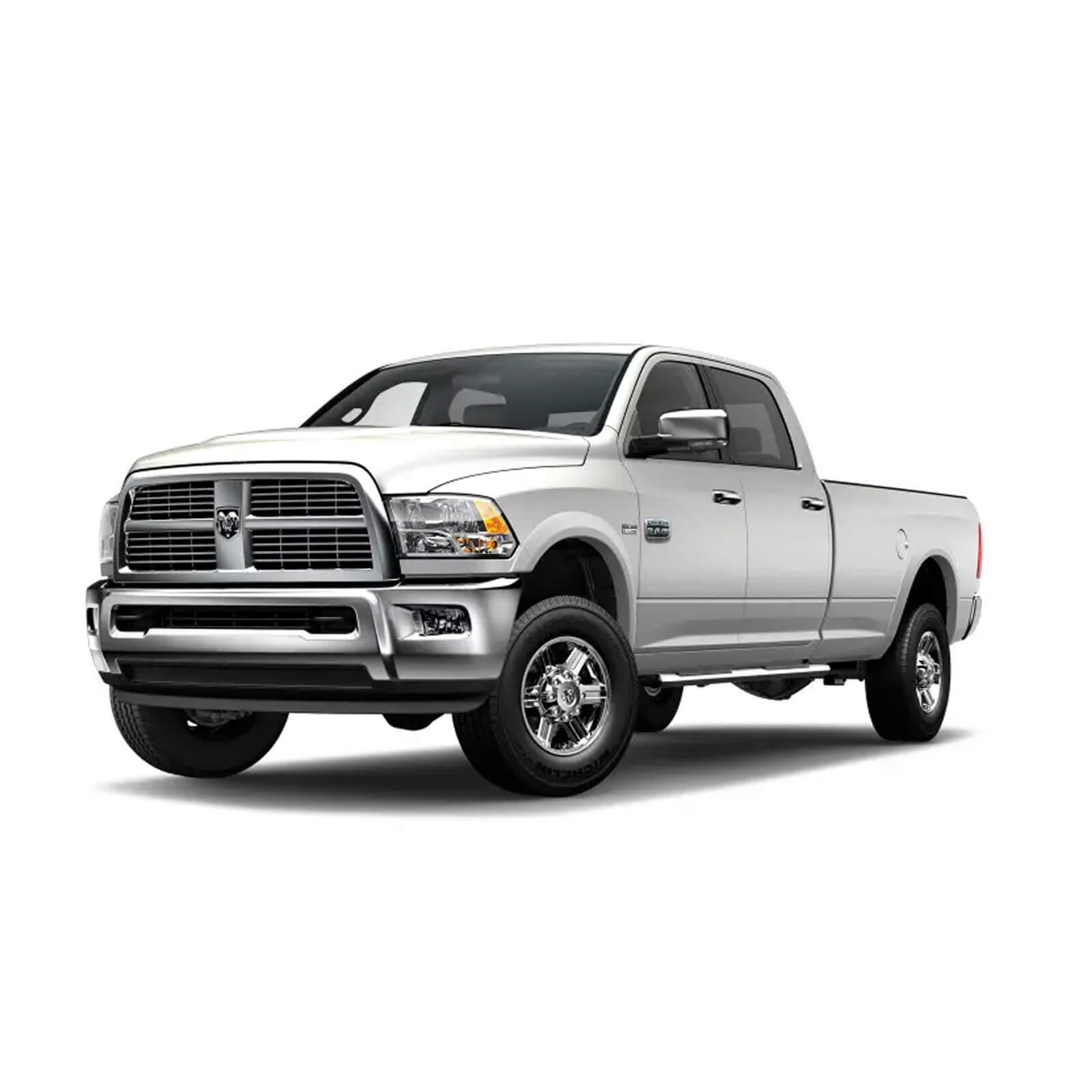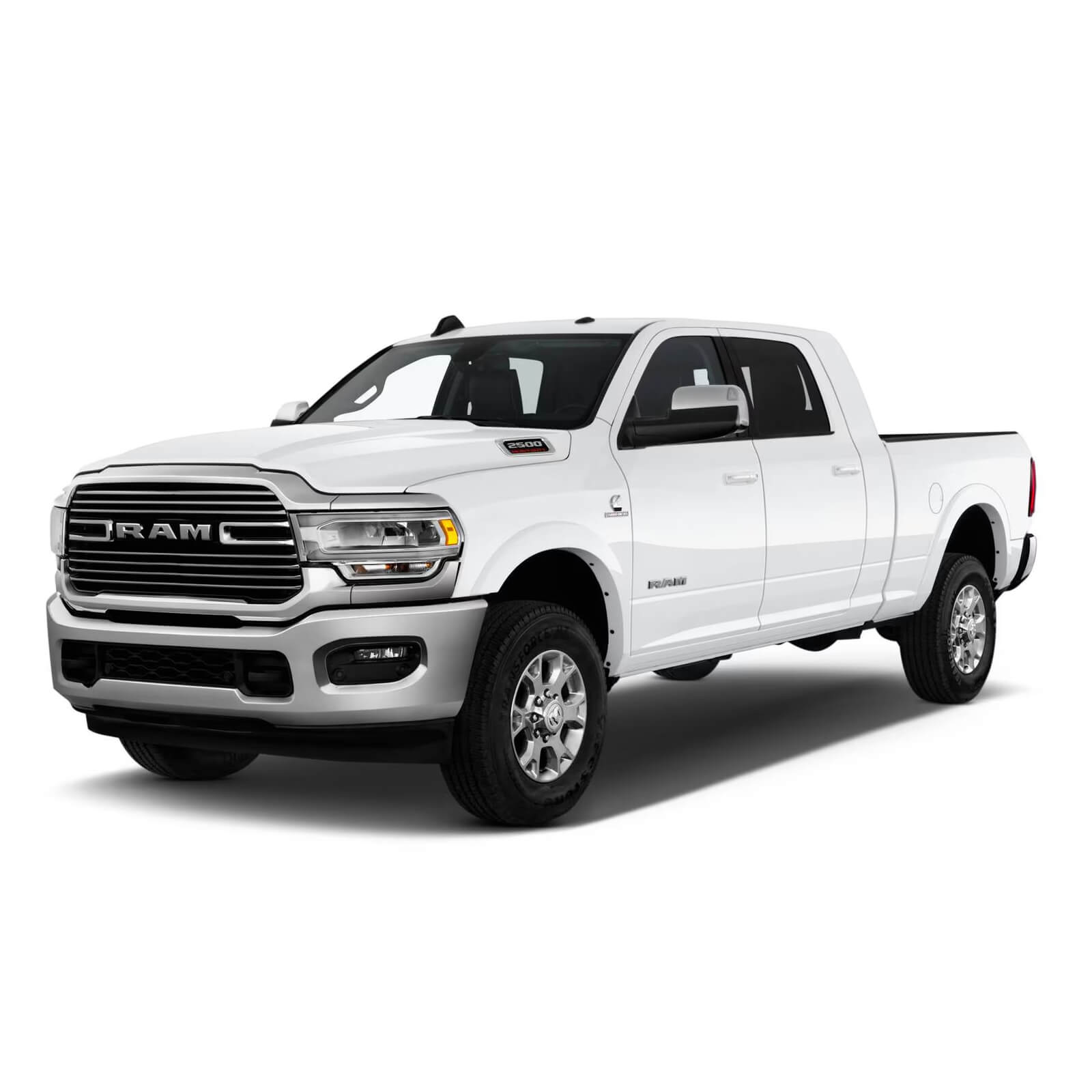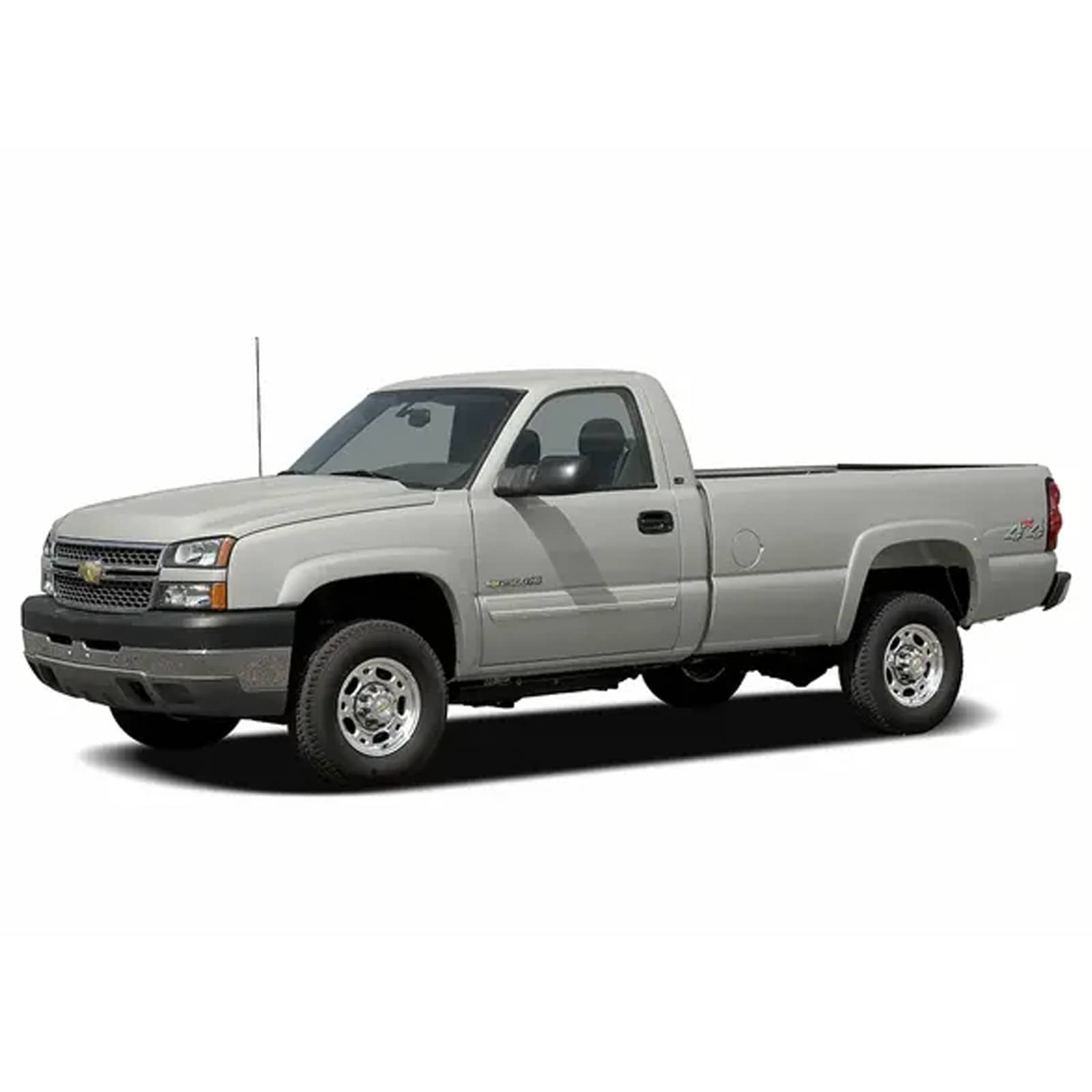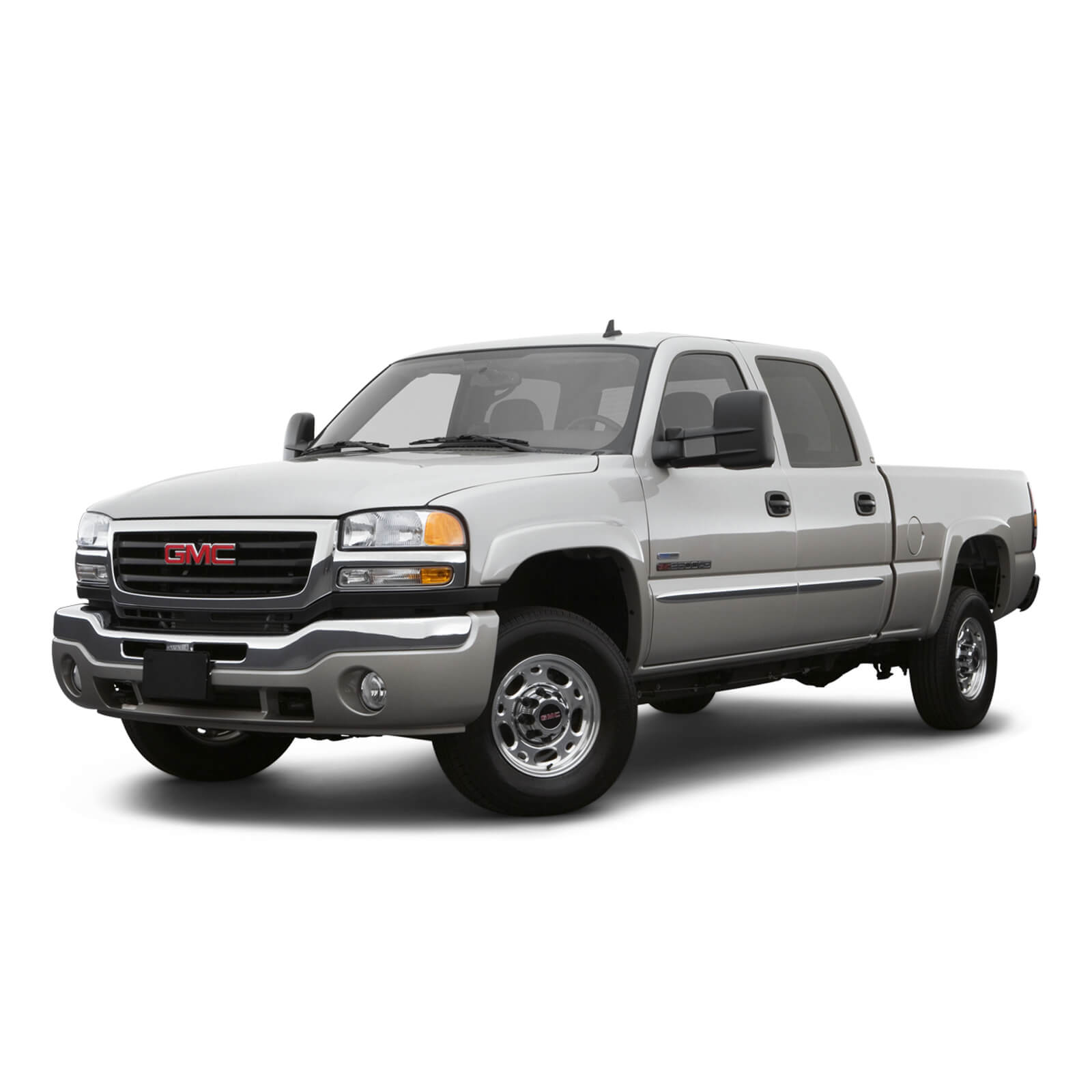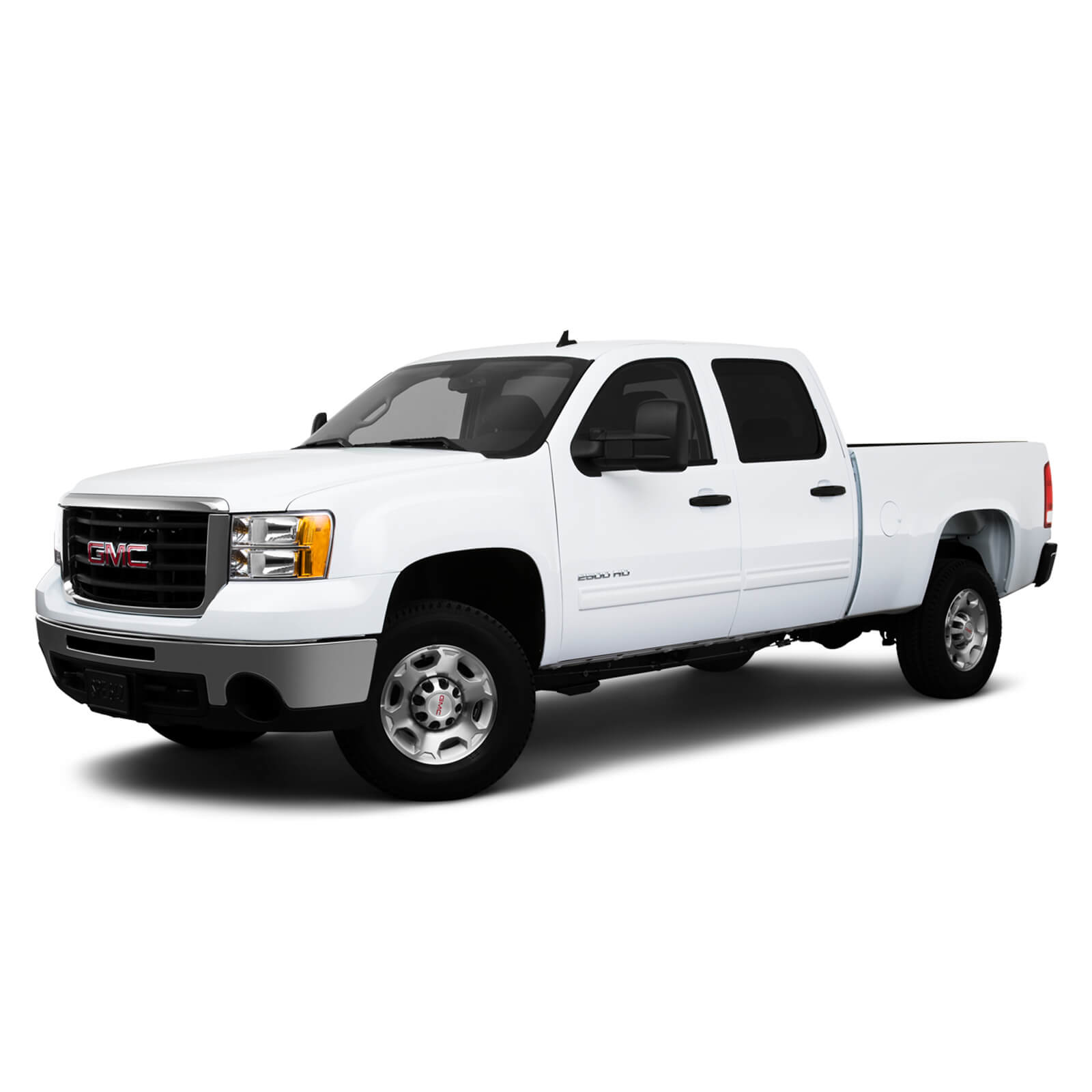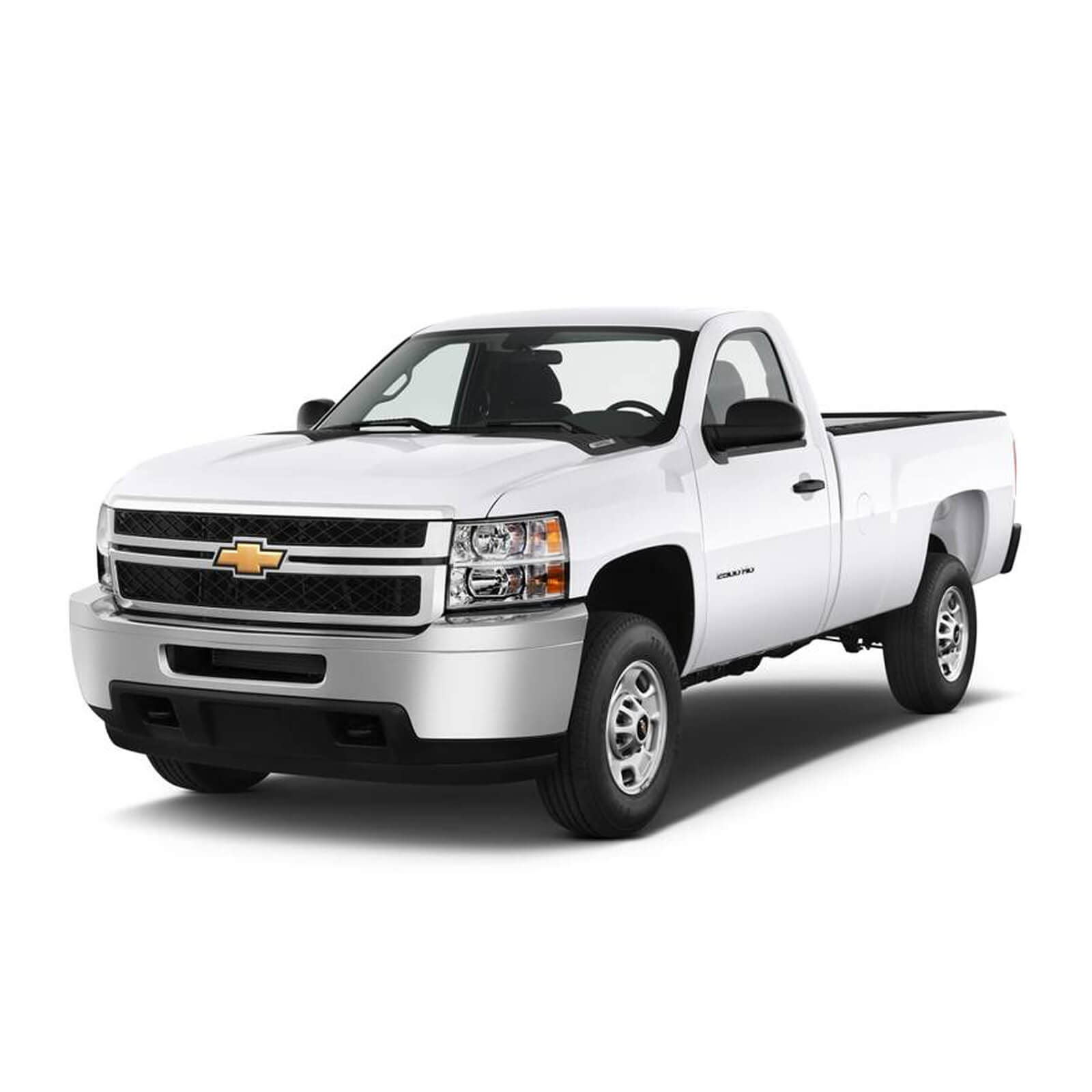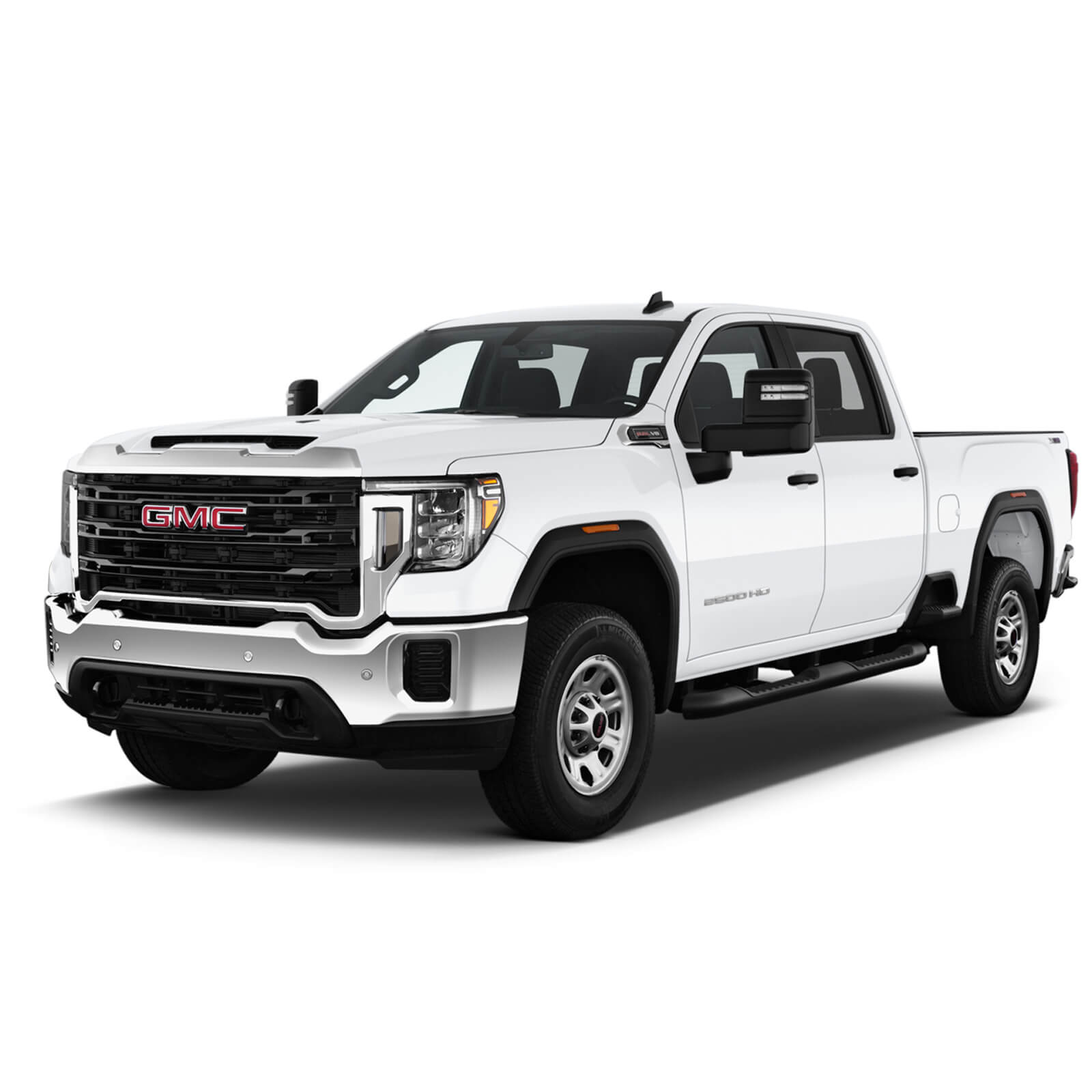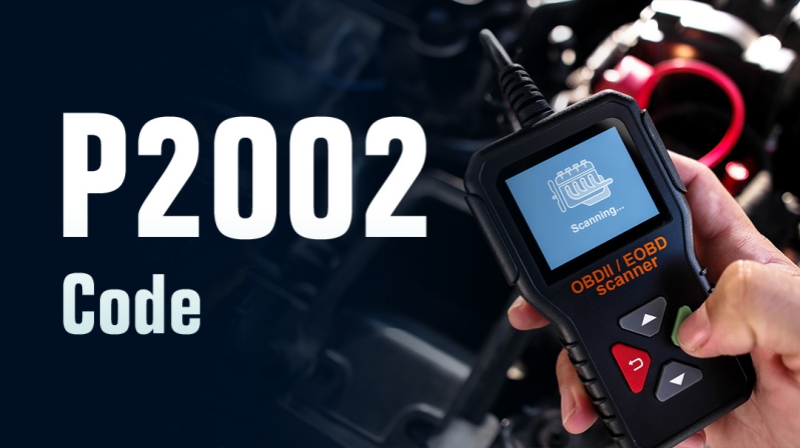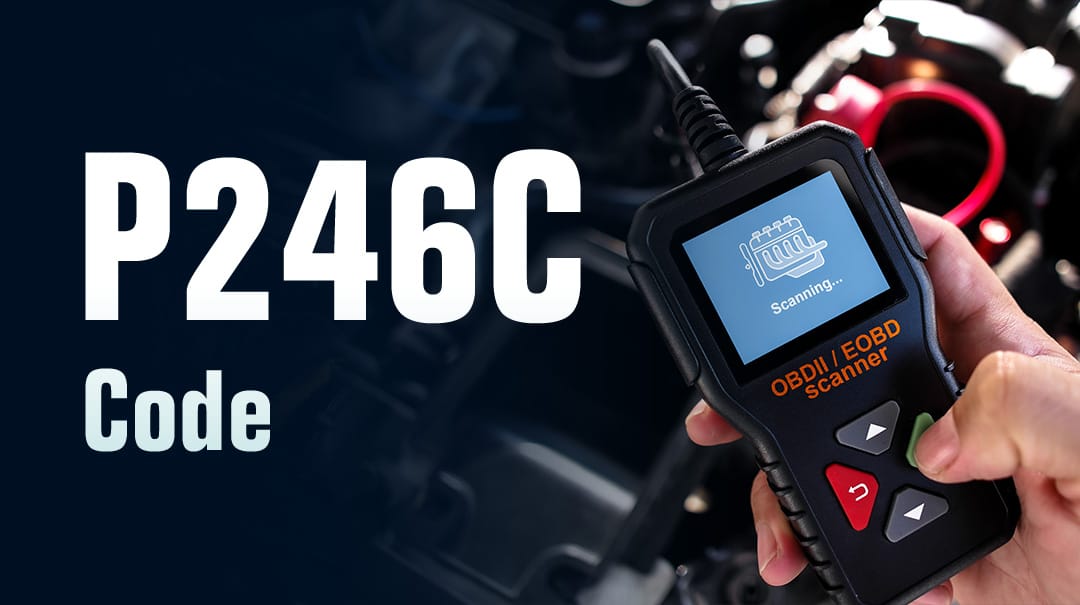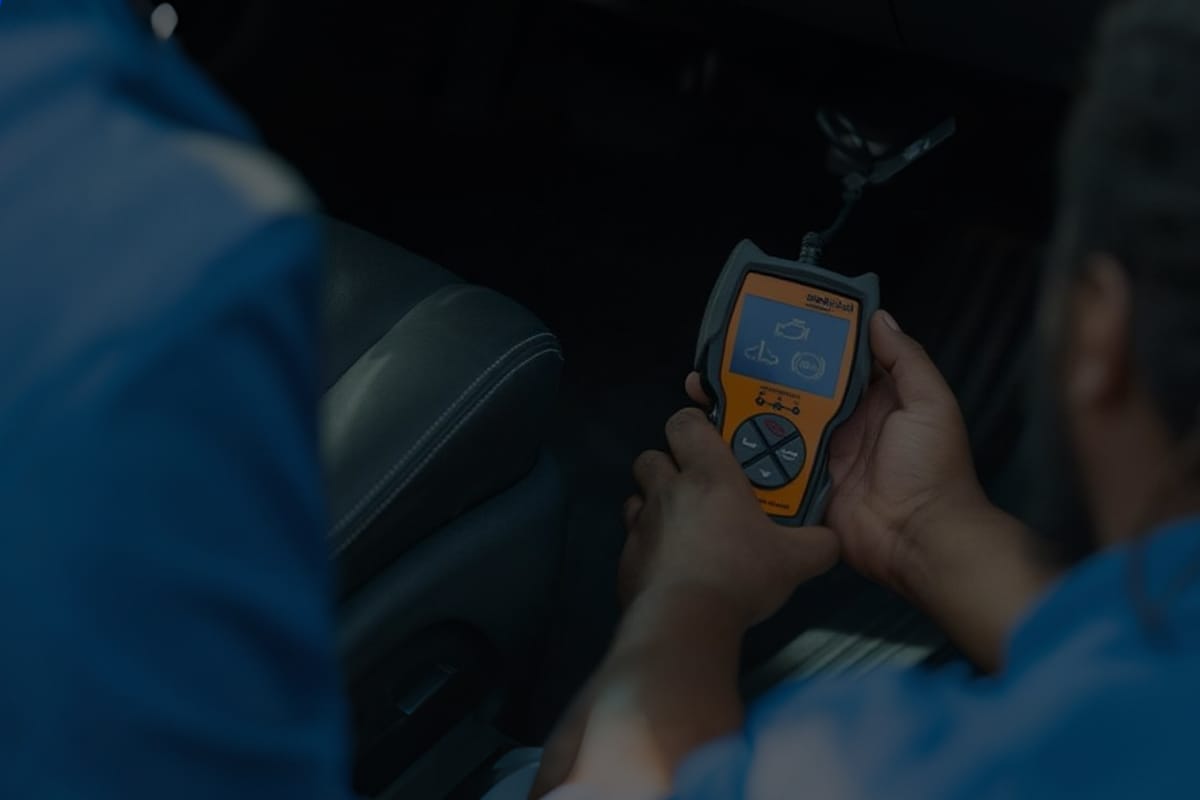Every driver needs to be familiar with their turn signal light bulbs, which is a critical component of safe driving. Turn signal lights are a critical safety feature in vehicles, as they inform other drivers of our intentions on the road. In this guide article, we'll understand how turn signal lights work, the different types available, and the factors to consider when choosing the right one.
What Are Turn Signal Lights?
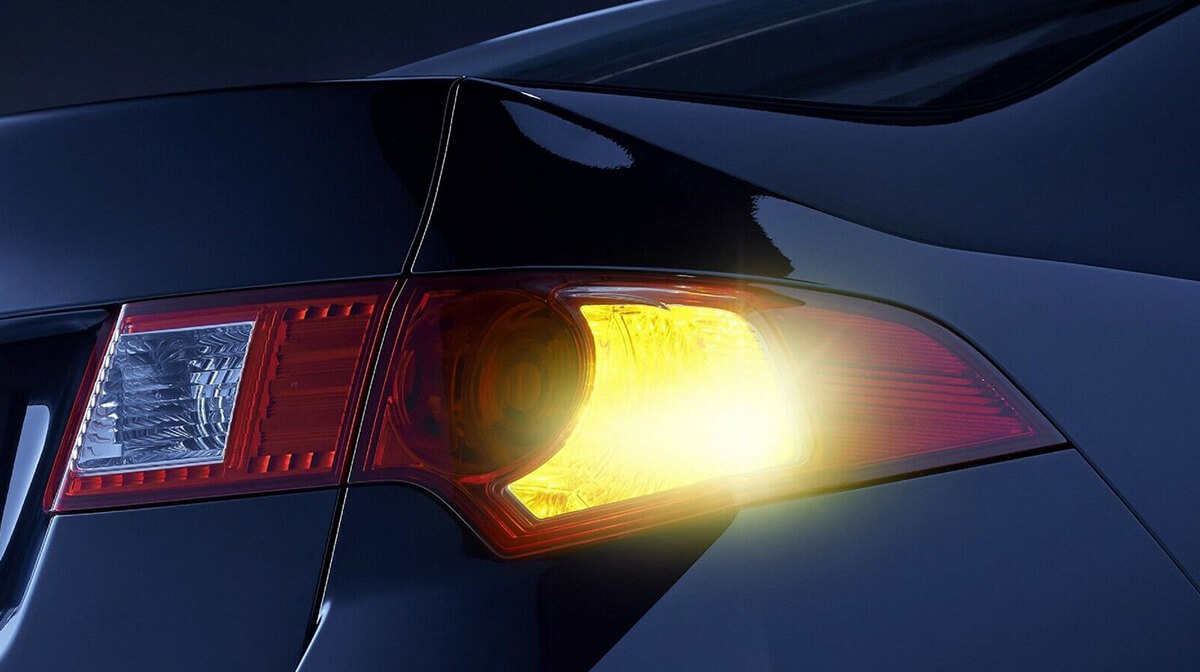
Turn signal lights, also known as indicators, blinkers, or flashers, are lights on a vehicle that indicate to other drivers when the car is about to turn, change lanes, or make a maneuver. They are usually located at the front and rear of the vehicle and sometimes on the side mirrors.
When the driver activates the turn signal by pressing a button or lever on the dashboard or steering wheel, the turn signal lights flash to indicate the intended direction of the turn. This allows other drivers to anticipate the vehicle's movement and adjust their driving accordingly, helping to prevent accidents and improve traffic flow. Turn signal lights are a critical safety feature on cars, and their use is required by law in most countries.
Most cars have two sets of turn signals; one in the front and one in the back. When activated, these lights will typically blink several times before turning off automatically until they are manually reset by the driver. In addition, some vehicles may also be equipped with illuminated arrows which visually communicate where a car will be heading and help alert surrounding traffic accordingly.
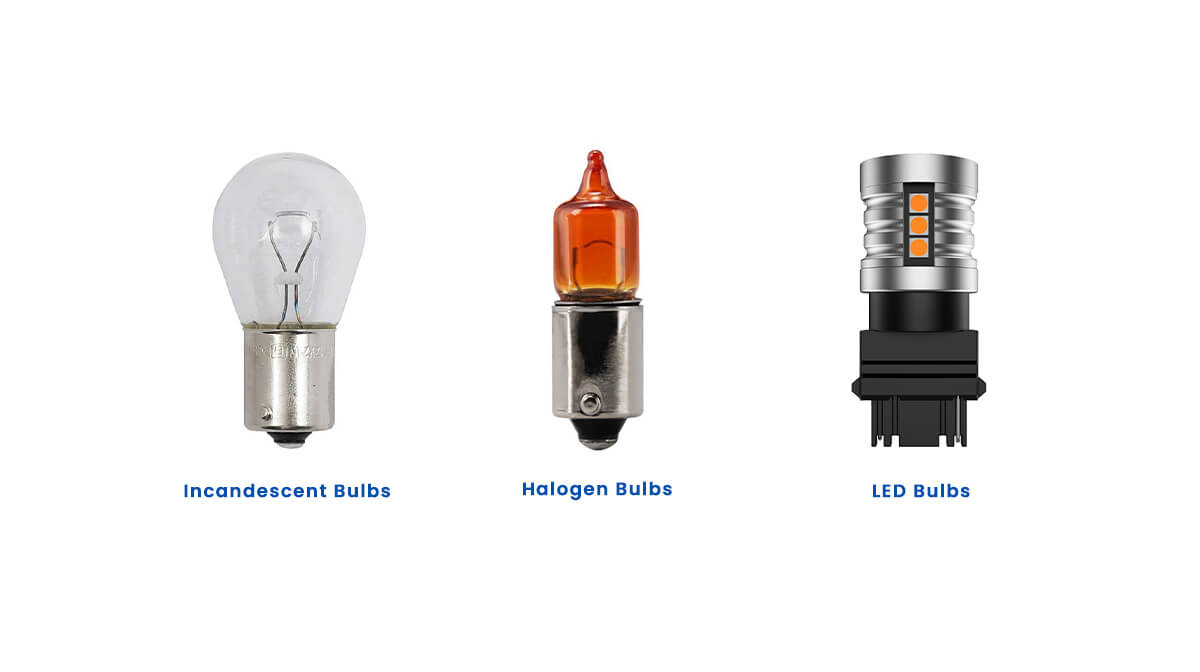
Turn Signal Bulb Types
Turn signal light bulbs are small lighting bulbs that flash on and off when a vehicle's turn signals are activated. They are located behind the turn signal housing and lenses. They are powered by the vehicle's electrical system and are designed to handle the intermittent power needed for blinking. There are three main types of turn signal light bulbs:
Incandescent bulbs: These are the most common type of turn signal bulbs, and they use a filament that glows when an electric current passes through them. Incandescent bulbs are relatively inexpensive and easy to replace. Still, they are less efficient and have a shorter lifespan than other bulbs.
Halogen bulbs: Halogen bulbs are similar to incandescent bulbs but use halogen gas to produce a brighter, longer-lasting light. They are more energy-efficient than incandescent bulbs but less efficient than LED bulbs.
LED bulbs: LED (light-emitting diode) bulbs are more energy-efficient and have a longer lifespan than incandescent bulbs. They are also more durable and resistant to vibration, making them a popular choice for turn signal bulbs.
How to Choose Turn Signal Light Bulbs?
When choosing turn signal light bulbs for your vehicle, there are several factors to consider:
Compatibility: Make sure that the bulbs you choose are compatible with your vehicle's make, model, and year. Some vehicles may have special requirements for the type of bulbs that can be used.
Brightness and color: Choose bulbs that are bright enough to be easily seen by other drivers, but not so bright that they are distracting. Look for bulbs that produce a bright, white light or a yellow light, as these are the most visible colors in daylight and at night.
Lifespan and durability: Consider bulbs with a long lifespan and that are resistant to vibration and shock, as turn signal lights are often exposed to these conditions. LED bulbs and HID bulbs are known for their long lifespan and durability.
Ease of installation: Look for bulbs that are easy to install and do not require any special tools or modifications to the vehicle.
Cost: Consider the price of the bulbs and compare them to your budget. Some bulbs may be more expensive upfront, but they may save you money in the long run due to their longer lifespan and energy efficiency.
How to Change Car Turn Signal Light Bulb
- You'll need to take the failed bulb out of the fixture once you've found it. Most likely, the rear of the light fixture is used for this. From the trunk at the back or under the hood in the front, you can access the back.
- Release the clip or turn the connector on the back of the bulb away from the fixture's back. You will have to disconnect the bulb from its wiring terminal. You can do this after it is removed from the fixture.
- Check to see if the new and old bulbs are the same part and have the same code by comparing them. The new bulb should be held in a soft cloth and pressed into the electrical connection. By doing this, you may shield the bulb from both excessive pressures on the glass and from hand oils that might cause the bulb to burn out too soon. The replacement bulb should be screwed or clipped back into the headlight or taillight. Check out your new turn signal.
- Be aware that newer models' LED turn signals could differ slightly. LEDs also often last longer than traditional bulbs, so if an LED fails too soon, further investigation may be required to determine the exact cause.
- Not only is maintaining properly functioning turn signals a crucial safety concern, but it is also a legal one. You may receive a ticket for poor vehicle maintenance if you are observed driving with a malfunctioning turn signal. Even while most police officers won't make a big deal out of it, the delay will ruin your day.
Tips for Maintaining Turn Signal Light Bulbs
Cleaning and Maintaining the Lenses
Regularly clean the turn signal light lenses to ensure optimal visibility. Clear lenses allow the bulbs to shine brightly and maintain their effectiveness.
Avoiding Common Mistakes
Avoid touching the glass part of the bulb with bare hands during installation, as the natural oils on our skin can cause hot spots and reduce the bulb's lifespan.
Monitoring for Signs of Wear or Malfunction
Keep an eye on your turn signal lights for any signs of wear or malfunction. Timely replacements and maintenance can prevent potential issues on the road.
ConclusionIn conclusion, vehicle turn signals rely on functioning light bulbs to effectively communicate intentions to other drivers, a critical safety component. Proper selection of replacement bulbs requires an understanding of the options and considerations, enabling informed choices. Regular bulb checks and replacements keep the signaling system in peak condition, promoting safer driving for you and all road users.
Top LED Turn Signal Light Bulbs Recommended
SEALIGHT J1 7440 LED Turn Signal Light Bulb
Each SEALIGHT-led backup bulb produces about 1000lm, has a 360° consistent beam distribution, and is 250% brighter than factory lights. Plug-and-play with no polarity. Instantaneous functionality with no warm-up period. The SEALIGHT backup light is utilized to replace the factory-installed front turn signal light, parking light, and rear side marker light.
SEALIGHT J1 1156 LED Turn Signal Light Bulb
About 250% brighter than stock lights, each SEALIGHT bulb emits about 1000 lumen, with a 360° homogeneous beam pattern. Sealight marker bulbs constructed of 6063 aluminum alloy ensure that corner lights last up to 30,000 hours.
SEALIGHT backup light is utilized to replace the stock front and rear turn signals, side blinkers, and rear side markers. When replacing turn signal lights, a 50W 60HM load resistor or flash replay is required to prevent hyper flashing.
SEALIGHT 3156 LED Turn Signal Light Bulb
Sealight 3156 bulbs have a long lifespan of 30,000 hours and are made of 6063 aluminum alloy, which quickly dissipates heat. Front turn signal lights, parking lights, rear side marker lights, and rear turn signal lights can all be upgraded with the SEALIGHT side bulb. When replacing turn signal lights, a 50W 60HM load resistor or flash replay is required to prevent hyper flashing.





















